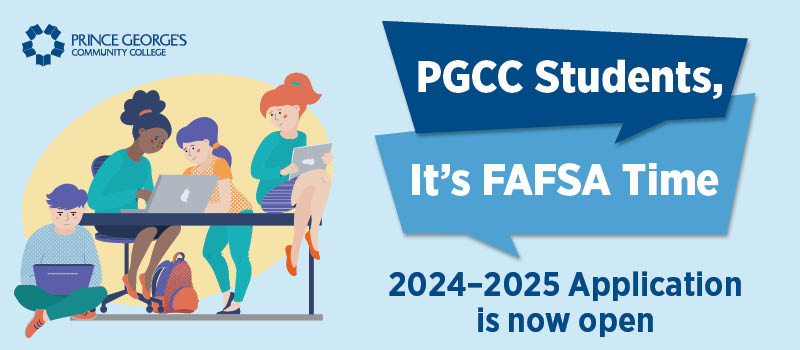Important Information & Updates
Soft Launch of the 2024-2025 FAFSA
The 2024-2025 Free Application for Federal Student Aid (FAFSA) form is available periodically as part of the soft launch of the application. During the soft launch, the FAFSA form will be available for short periods of time while Federal Student Aid monitors the site performance and form functionality. Pauses will be initiated for site maintenance and to make technical updates as needed to provide students and families with a better experience.
You will have plenty of time to complete the FAFSA form. If you submit your form during the soft launch, your information will be saved and you won't need to resubmit your form or any related information. If the form is unavailable when you or your family members try to access it, please try again later.
Why is it changing?
On Dec. 27, 2020, Congress passed the Consolidated Appropriations Act. The law includes provisions that amend the Fostering Undergraduate Talent by Unlocking Resources for Education (FUTURE) Act and includes the FAFSA Simplification Act—a sweeping redesign of the processes and systems used to award federal student aid. Specifically, the law makes it easier for students and families to complete and submit the Free Application for Federal Student Aid (FAFSA) form and expands access to federal student aid.
What is Changing?
- Choose question
Disclaimer
PGCC’s Student Financial Aid Office is dedicated to providing timely updates to students, families, and our community. Due to the significant amount of changes that are occurring, portions of our website may not be 100% accurate for the 2024-2025 academic year. We will continue to update this page as we receive information from the Department of Education and Federal Student Aid. Your patience is appreciated as we work to implement the FAFSA Simplification Act changes.

